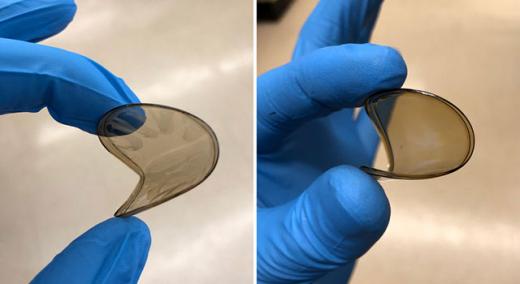Industrial processes for chemical separations, including natural gas purification and the production of oxygen and nitrogen for medical or industrial uses, are collectively responsible for about 15 percent of the world’s energy use. They also contribute a corresponding amount to the world’s greenhouse gas emissions. Now, researchers at MIT and Stanford University have developed a new kind of membrane for carrying out these separation processes with roughly 1/10 the energy use and emissions.
|
ADVERTISEMENT |
Using membranes for separation of chemicals is known to be much more efficient than processes such as distillation or absorption, but there has always been a tradeoff between permeability—i.e., how fast gases can penetrate through the material—and selectivity—the ability to let the desired molecules pass through while blocking all others. The new family of membrane materials, based on “hydrocarbon ladder” polymers, overcomes that tradeoff, providing both high permeability and extremely good selectivity, the researchers say.
…

Comments
A Better Way to Separate Gases
Can these membranes separate CO2 emissions so they can be captured before released into the environment?
Add new comment